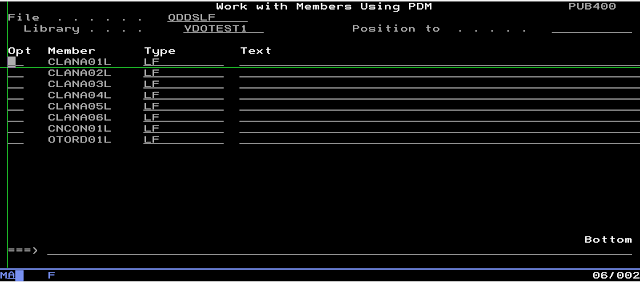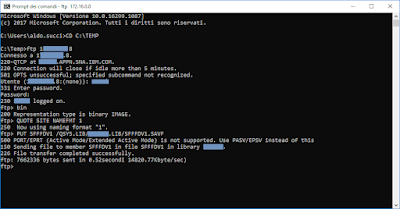IBMi (AS400) fans only ' How to access multimember physical file using SQL alias

#IBMiSample Each IBMi user knows they run the most efficient system. All others just have too much money. SQL has no direct access to IBM i multiple-member physical file but OS/400 support an SQL alias statement . Therefore, I need to create an alias for the member I want to access with SQL. I give an example using the IBM i PUB400 public server. In library VDOTEST1, file QDDSLF I have 8 members. CLANA01L CLANA02L CLANA03L CLANA04L CLANA05L CLANA06L CNCON01L OTORD01L I want to access member CLANA03L via SQL. I type STRSQL (Enter) then I create the ALIAS: create alias A_CLANA03L for VDOTEST1.QDDSLF(CLANA03L) The alias is a persistent object. The ALIAS object has attribute DDMF. Now I can access the member with SQL: Display data from CLANA03L Don't forget to remove the ALIAS with a "DROP" command: DROP ALIAS myLibrary/myAlias That’s it. Thanks to the suggestion of my friend Don Anderson I add this way: SELECT CAST(LINE AS CHAR(120)) FROM TABLE (








